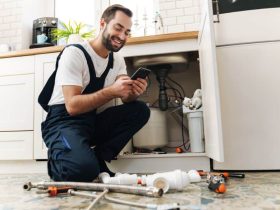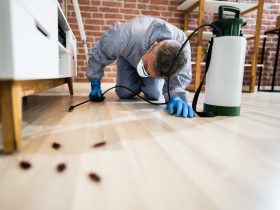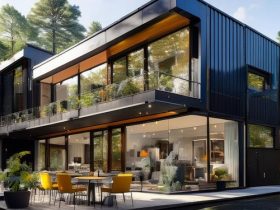Solar energy is gaining ground in Florida. Many homeowners now rely on sunlight to power homes and save money. Yet storms bring a serious worry every season. People fear that panels can break during heavy winds or flying debris. The truth is solar technology can hold up well in harsh weather. Builders design systems to face intense impact and strong gusts. The panels are tested for safety and endurance. They can often last through high wind and rain. With proper setup they can protect homes and keep lights on when the grid is down.
Built to Face the Wind
Solar panels today have strong frames. The glass is thick and tempered. It resists cracks and chips during storms. Mounts attach deep into the roof deck. These steel links fix the panel firmly in place. They stop movement and reduce lift from wind. Each part works as a unit under pressure. Proper installation is the key to safety. Licensed installers follow strict rules for spacing and tilt. Panels lie close to the roof and create a smooth face. Wind flows over them rather than under them. The design keeps the surface steady during a storm. Proper solar panel installation in Florida would be essential here.
Tested Against Harsh Weather
Solar systems go through lab testing before they reach homes. Engineers blast them with strong gusts to check hold and bend. They expose panels to pounding rain for long hours. The goal is to mimic Florida’s wild weather. Only units that pass these tests can sell in hurricane zones. Tests also include hail impact to see how much force the glass can take. These trials build trust and ensure safety. Homeowners gain peace knowing the system can face the worst. The testing phase helps makers improve design for each new model. It keeps the standard high.
Protection Through Smart Setup
A good setup can make a big difference. Roof type and angle affect how panels face wind. Roofers and installers plan layouts that cut drag and boost grip. They also use sealed mounts to block leaks. Each screw and bracket sits flush and tight. Wiring runs under panels for shelter from debris. Every detail helps the system stay strong under stress. When power lines fall solar panels can still work. A battery link stores energy for later use. This setup gives backup power when the grid shuts down. The home stays bright when neighbors go dark. The sun returns soon after a storm. Panels start charging again once light breaks through. That recovery is fast and steady.









